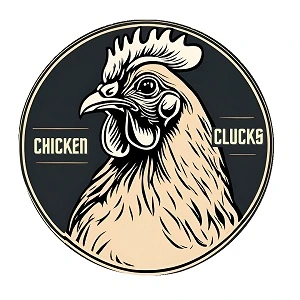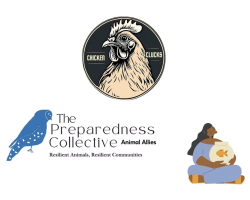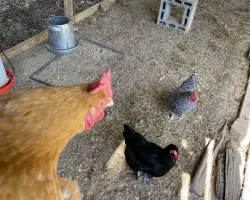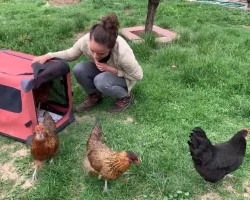In the podcast episode “A Biologist on chicken keeping” on the Prepper Broadcasting Network (PBN), I share the story of how I became a passionate chicken keeper and expert. Also, we dive deeper into trends and factors affecting animal feed and prices, and the future of chicken keeping.
The host of this episode is James Walton, a prominent figure in the prepping and survivalist community. He is best known as the owner and host of the Prepper Broadcasting Network (PBN), a platform that produces podcasts focused on preparedness, self-reliance, and survival skills.
Follow PBN on: https://x.com/Prepperradio and https://www.instagram.com/_survival_and_preparedness_/
Read this article for a summary of the episode, including a few interesting quotes. Let’s talk chickens!
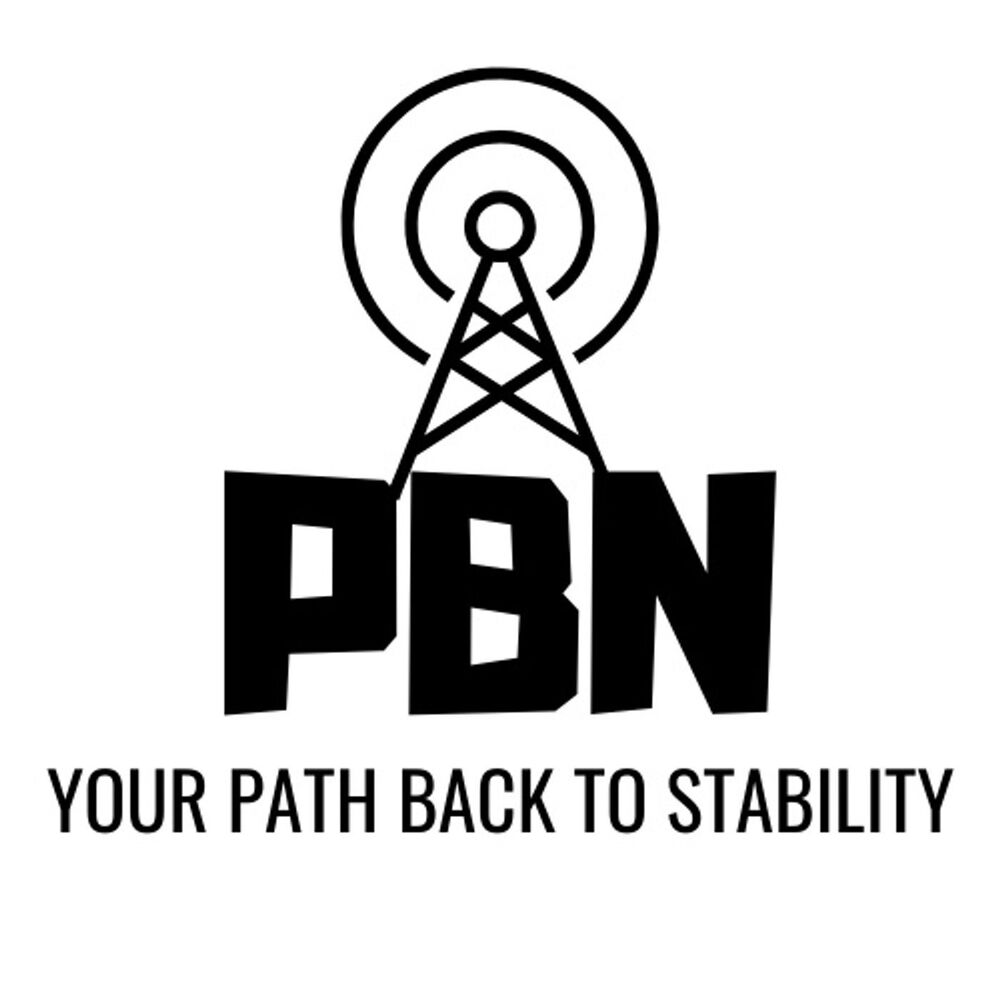
My Personal Story on Becoming a Poultry Expert
My love for animals as a child led me to study Animal Sciences at university, specializing in animal feed and physiology. This practical choice was driven by the availability of work in the field, as other fields like genetics were not my interests. I developed a passion for poultry because it is present in all countries worldwide, and many of my family members have farms in rural areas. Working in the industry further fueled my passion for agriculture and helping family farms.
“Getting into the industry made you develop a passion for it?
Yes, I always had a passion for agriculture in general. A lot of my family members also have farms. I live in a very rural area. I kind of rolled into poultry because it is present in all countries worldwide. And, you know, at some point, if you make a choice, you also, in my case, develop a big passion for it as well.”
Now, I work for an international company as a poultry expert and nutritionist. I’ve made recipes for millions of chickens throughout my career, and helped many farms worldwide.
Click here to read more about me.
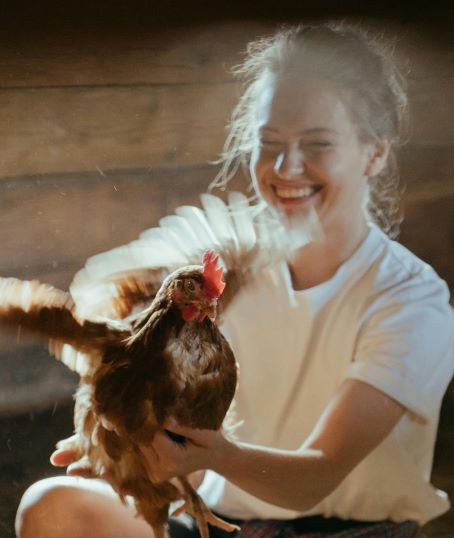
Sustainability Is a Big Trend in Animal Feed
Current trends in animal feed are sustainability, CO2 reduction, antibiotic-free production, and lowering environmental impact. Sustainability is a major focus, with efforts to reduce CO2 emissions, nitrogen, phosphorus, and other substances that can end up in the environment. By controlling the input, we can control the output, ensuring that the environmental impact is minimized.
“What are some of the trends that you see in animal feed that are happening right now?
Sustainability is a big thing: CO2 reduction, environmental impact, antibiotic reduction. In most countries, antibiotics are not allowed in feed unless prescribed by a veterinarian. Because you want to make sure that humans do not become resistant to antibiotics through eating animal products.”
How Often Do Feed Recipes Change Over Time?
Frequent changes in feed recipes are needed to maintain nutrient levels and manage costs. Feed recipes can change monthly or even weekly, depending on fluctuations in raw material quality and price. Nutritionists fix the nutrients in the feed, rather than the ingredients, to make sure the birds gets all they need.
“How often does a feed recipe change over time? Do you guys evaluate like every year and say well, we’re going to change this and tweak that?
Don’t get scared, but sometimes even weekly. Otherwise, your feed prices would go crazy. Also, people often think that if you keep the recipe the same, everything will stay the same. But that’s not true, because for example the protein level in corn will vary. Every batch of a raw material you get will have different nutrient levels.”
Most people purchase chicken feed from a feed company, and are very happy with the results. If they are losing chickens, it would more likely be due to other factors like disease or hungry predators.
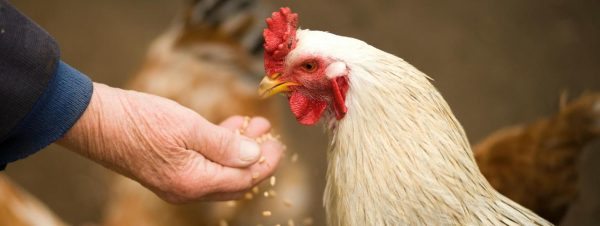
How Can Politics and Wars Affect Food and Feed Supply and Prices?
Geopolitical events, such as wars, can significantly impact food and feed supply and prices. In Europe, the war between Russia and the Ukraine has had a huge effect on grain supplies and prices. Ukraine, being a major exporter of grains, saw its exports disrupted. This lead to skyrocketing prices and shortages in various regions. Not just in Europe, but also in Africa.
“Ukraine is actually exporting quite a lot of grains to Eastern Europe and also Africa by sea transport. And by the time the war happened, not only the energy prices went crazy, but also grain supplies in Europe and Africa really dried up. Or not dried up, but there were really huge price effects.”
When a major exporter like Ukraine faces challenges, it affects the global supply chain, leading to price increases and shortages elsewhere. This is particularly concerning for regions that rely heavily on imported grains. Poorer countries and people suffer the most, since they are not able to purchase grains at the higher cost. Not just grains suitable for animal feed, but also for human consumption. For example, the food and feed supply in some regions in Africa suffered heavily from the war in Ukraine.
One of the primary considerations is whether a country is self-sufficient in grain production. For example, the United States is largely self-sufficient in grains, which means it is less impacted by geopolitical events. However, weather conditions can still have a significant effect on feed prices. Natural disasters like floods can devastate crops, leading to shortages and price increases. Also, almost no country is fully self-sufficient in raw materials needed for animal feed. For example, protein meals like soybean meal, a byproduct of soy oil production, often come from South America.

Avian Flu Is a Threat To Chicken Keepers Worldwide
As someone deeply involved in poultry farming, I recognize the significant threat posed by Avian Influenza (AI), to our industry. The impact on meat and egg prices is felt globally, including in the U.S. and Europe, and regulations are constantly evolving. In some regions, entire farms are forced to cull their birds to prevent the disease from spreading, which is a tough but necessary decision. Consider it the lesser of two evils. If the disease spreads, it poses an even greater risk for the neighboring farms and humans in the area.
Prevention is key. “First of all, you don’t want a too high concentration of poultry farms in a certain region. Or close to a nature zone, where there are a lot of migrating birds. That’s the first thing you shouldn’t do.” This is a principle I stand by, as it helps mitigate the risk of outbreaks.
Secondly, relying on scientific research to develop new and better vaccines is crucial. Vaccines are already in development and have been approved in some countries, which gives us hope for better management of Avian flu.
Additionally, when visiting farms, always wear protective gear. Not just to protect the chickens, but also yourself. “We have like suits, boots, mouth caps, and everything. But I’m more worried about the birds than about me.” Also, good ventilation is important to maintain air quality and healthy chickens.
The Future of Keeping Chickens Is Still Bright
When it comes to farm animals, chickens are the overachievers. They’re efficient, produce fresh eggs daily, and don’t need a massive barn or field to thrive. No wonder they’re so popular with both farmers and backyard hobbyists! But as feed prices rise, regulations tighten, and diseases spread, what does the future of chicken keeping really look like?
Poultry stands out as the most efficient livestock in terms of feed conversion ratio (FCR). FCR is a fancy way of saying how much feed it takes to produce 1 kg of meat or eggs. For broilers, it’s about 1.6 kg of feed per 1 kg of meat, which is significantly lower than for cows or pigs. This makes chickens highly efficient and a smart, sustainable choice in both commercial and backyard farming.
While the future of large-scale poultry farming looks solid, hobby chicken keeping may face a bumpier road.
“You have all kinds of rules: where you can put your coop, how far it should be from your neighbor, how many chickens you can have. You cannot have a rooster if you live in a small town because of the noise.”
So, what does this all mean for you, the backyard chicken keeper? The future is still bright, but it pays to stay informed. Rules may change, and feed prices may fluctuate, but the charm and practicality of keeping chickens at home isn’t going anywhere just yet.
What’s the Perfect Chicken Feed?
You might think that creating the ultimate feed mix would require fancy ingredients and a sky-high budget. But surprisingly, the best feed is not all that different from what’s already out there. That’s because feed formulation is based on performance, not just price.
Good nutritionists prefer to make decisions based on the price of feed per kg of meat or eggs, and not based on the price per kg of feed itself. It’s not only about how cheap a feed is per kilogram, but how efficiently it supports egg or meat production. Since the price of one kg of meat will normally be higher than the price of feed raw materials, nutritionists often consider it a good decision to invest more in good feed.
Other important choices are feed type and the amino acids in the feed. While protein content is important, what really matters is the amino acid profile and how digestible it is for the bird. The choice of feed type, like pellets, crumbles, or mash, depends mostly on the size and age of your birds.
“For smaller birds, you cannot feed a pellet, you feed a crumble. But mash feeds for laying hens are also perfectly fine.”
What’s critical is feed intake. Young laying hens (around 18 weeks old) often struggle to eat enough. They’re still growing and suddenly need a lot more energy to support both their growth and egg production. Crumbles or pellets can help here, as they’re easier and faster to eat than mash.
Also, don’t forget about coop dynamics. You can buy the perfect feed, but if your hens do not have access, it will not matter. Bigger, bossier hens can dominate the feeder and leave the smaller ones with little to nothing.
“Make sure that everybody has a space to eat… not too close together, because otherwise the bigger ones will take everything.”

What Could Go Wrong? Best Practices for a Safe and Happy Coop
Even the most devoted backyard chicken keepers can overlook simple details that make a big difference in their flock’s health and egg production. While feed and water often get the spotlight, there are a few other best practices (borrowed from professional poultry farms) that can take your setup to the next level.
Let there be light!
One of the most common issues in backyard coops is a sudden drop in egg production during the winter months. It’s not your fault, it’s your hens reacting to the shorter days. Chickens are biologically programmed to stop laying when days get shorter.
“In big poultry farms, we give them artificial light so that the whole coop is lit with the same intensity all year. Otherwise, they just stop laying in winter. This is really a pity, because it’s not necessary.”
If you want your hens to keep laying through the colder seasons, consider installing lighting in the coop and setting it on a timer to maintain about 14 to 16 hours of light per day.
Watch out for predators
Backyard flocks face daily risks from predators like foxes, raccoons, and even hawks. These unwelcome visitors can strike at any moment of the day and night, making secure housing and smart habits essential.
“The setup of your coop at the beginning helps, and just having the routine to take the feeders inside, things like that”.
There are articles on my website about predators, setting up your chicken coop, and lighting, that will help to overcome these issues.
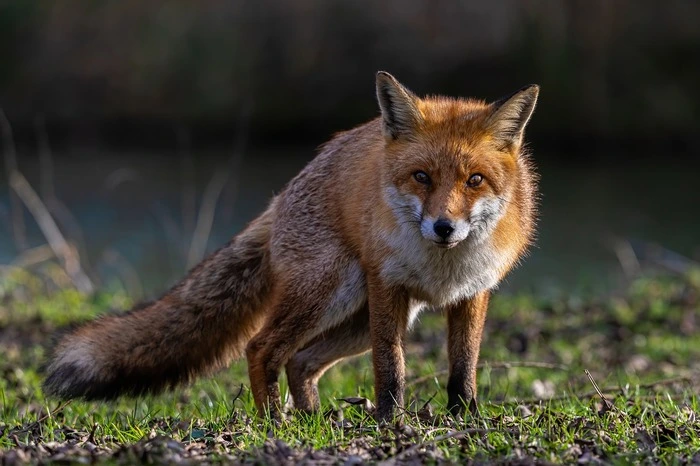
Final Thoughts & More About ChickenClucks
If you’ve made it this far, chances are you’re as chicken-obsessed as I am. To read more advice on chicken-keeping, go to my website. It is more than just another chicken blog. It’s a space where science meets the chicken coop. I created ChickenClucks as a reliable, practical resource for hobbyists who want real, expert-backed advice.
“My site chickenclucks.com is really a site for hobbyists, but with expert knowledge from myself, because I have a passion for chickens. And, I would like to share some of that knowledge with people who are backyard chicken keepers. I see so much wrong information on the internet. So, this is my own passion project.“
What sets Chicken Clucks apart is the blend of passion and professional insight. Whether you’re wondering how to increase egg production, balance your feed, or protect your hens from predators, you’ll find science-based, easy-to-follow guidance written for everyday chicken lovers.
Or, in the words of James Walton of the Prepper Broadcasting Network podcast:
“I don’t know too many chicken-keeping blogs that have a person with a four-year degree on the topic being written. So, www.chickenclucks.com is where to find your insight on chicken keeping.”
Oh, and check out the free printable Chicken Log I made! It helps you track egg counts, feed usage, and more. It’s simple, helpful, and designed to make your chicken-keeping routine smoother.
Thanks so much for reading. I hope you’ll hop over to explore more articles, download your chicken log, and join a growing flock of backyard keepers who believe in doing things the smart way.
Happy clucking!
